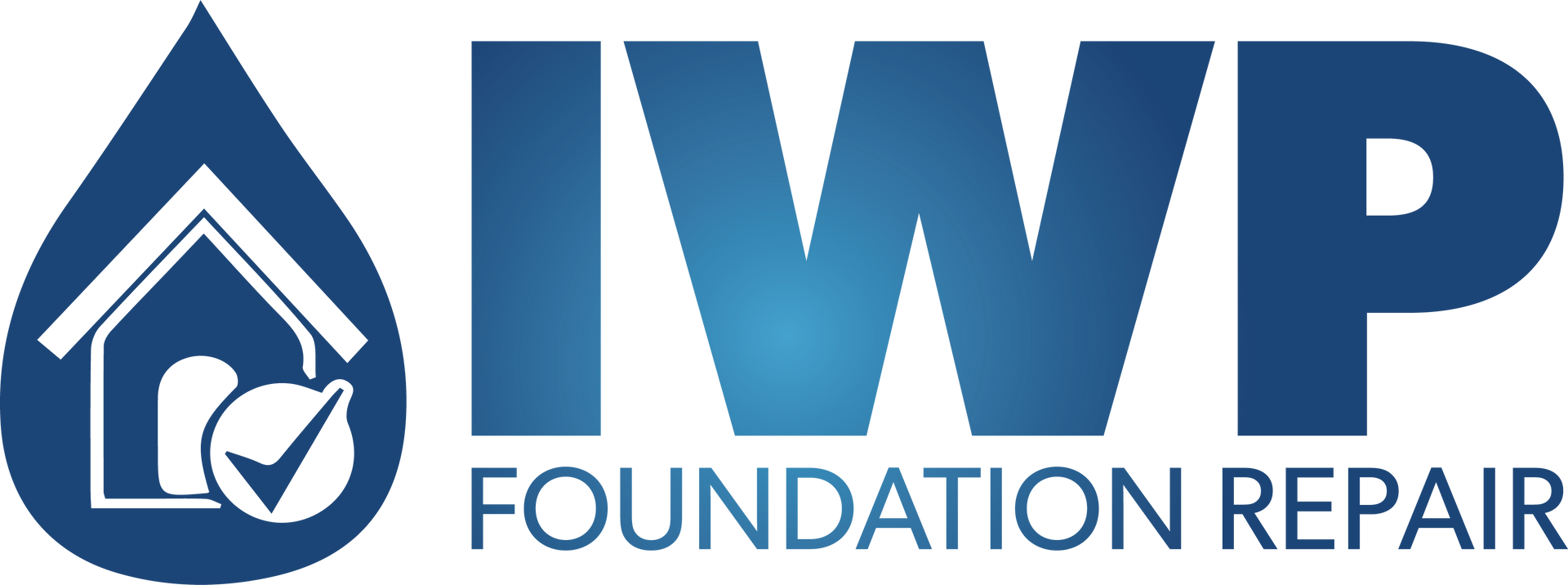The Home Guardian: Understanding Moisture Barriers and Their Vital Role
A home is more than just a structure; it's a sanctuary where we seek comfort and safety. To maintain this haven, we need to be vigilant against threats we can't always see. Moisture, often lurking behind walls and beneath floors, can wreak havoc on our homes. Fortunately, moisture barriers act as the silent protectors, shielding our homes from the peril of excess dampness. In this blog, we'll explore what moisture barriers are, their significant in home construction, and the many ways they safeguard your living space.

What is a Moisture Barrier?
A moisture barrier, also known as a vapor barrier or moisture barrier membrane, is a material used in construction to prevent the passage of water vapor. It is designed to block moisture from seeping into your home's structural components, such as walls, floors, and ceilings. These barriers are typically made of plastic or foil-like materials, such as polyethylene, and are installed in various parts of the home during construction or renovation.
What Does a Moisture Barrier Do for Your Home?
- Prevents Moisture Intrusion: The primary function of a moisture barrier is to keep moisture out of your home's structural elements. This is especially crucial in areas with high humidity, heavy rainfall, or where groundwater levels are high.
- Protects Against Mold and Mildew: Excess moisture can create the ideal breeding ground for mold and mildew. By blocking moisture infiltration, a moisture barrier helps prevent the growth of these harmful microorganisms, which can be detrimental to both your home and your health.
- Enhances Energy Efficiency: Moisture can reduce the insulation effectiveness of building materials, making your home less energy-efficient. Moisture barriers help maintain the insulation's integrity, leading to better energy conservation and lower utility bills.
- Preserves Building Materials: Moisture can cause wood to rot, metal to corrode, and drywall to deteriorate. A moisture barrier prolongs the life f these materials by keeping them dry and free from water damage.
- Improves Indoor Air Quality: Moisture barriers contribute to a healthier indoor environment by preventing moisture-related issues like musty odors and allergen proliferation.
- Increases Structural Integrity: Over time, moisture can weaken the structural integrity of a building. Moisture barriers provide an extra layer of protection against water damage, ensuring the longevity of your home.
Where Should Moisture Barriers Be Installed?
- Basements and Crawlspaces: These areas are particularly susceptible to moisture intrusion from the ground. Installing moisture barriers on walls and floors in basements and crawlspaces can prevent water vapor from seeping in.
- Attics: Roof leaks and condensation can introduce moisture into your attic. A moisture barrier under the roofing material can help protect against these issues.
- Walls and Floors: Moisture barriers are often used between the exterior walls and siding, as well as under flooring materials like hardwood or laminate.
- In Bathrooms and Kitchens: High humidity areas like bathrooms and kitchens can benefit from moisture barriers to prevent water vapor from penetrating walls and ceilings.
Moisture barriers may not be the most glamorous aspect of home construction, but they play a crucial role in protecting your investment and ensuring the longevity of your home. By blocking moisture intrusion, these silent guardians shield your home from damage, mold, and the many other issues associated with excess dampness. When building or renovating your home, don't overlook the importance of moisture barriers- they're a fundamental component of a healthy and resilient living space.
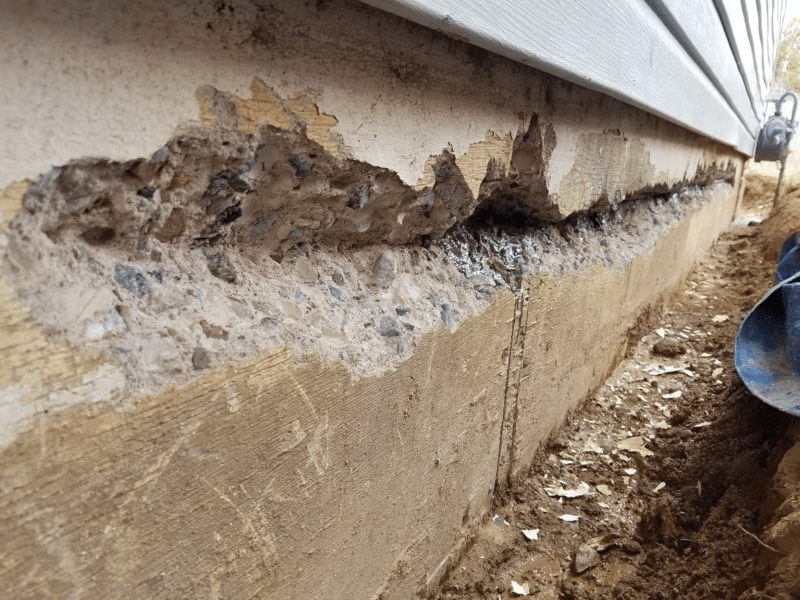
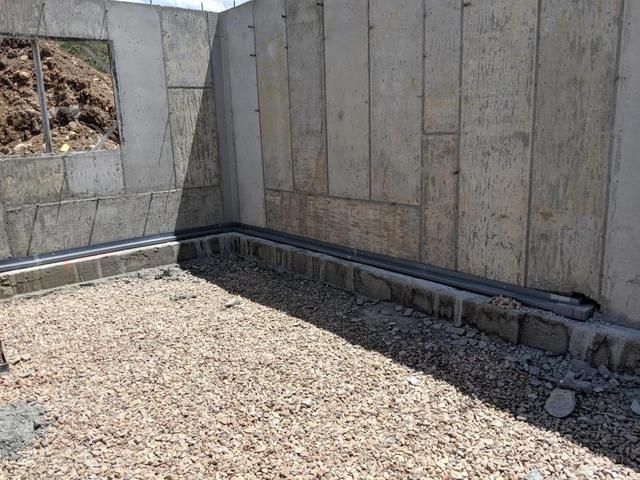


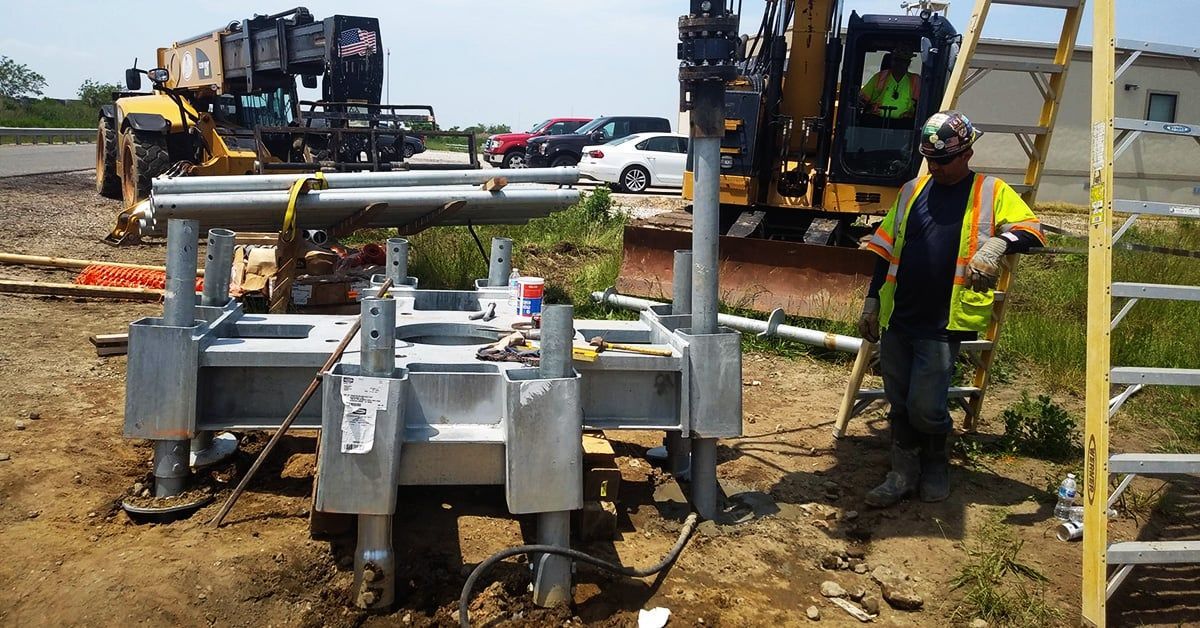


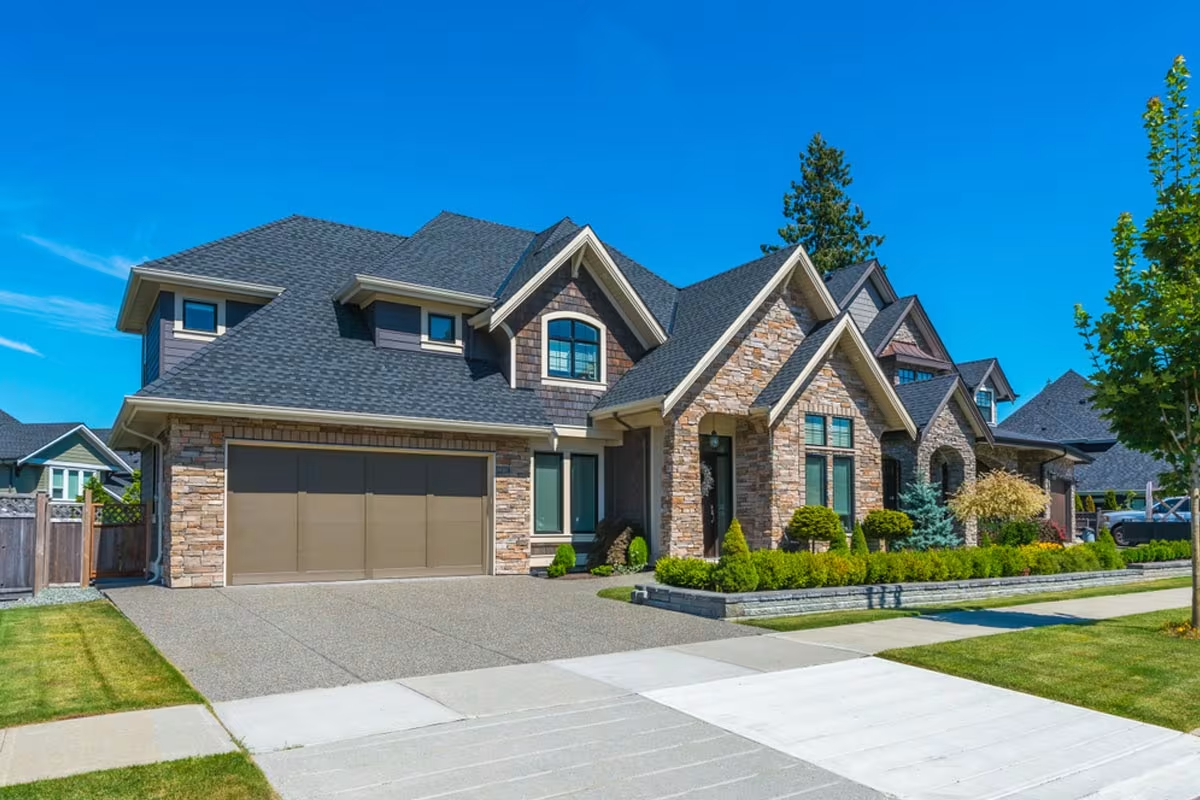


HAVE PEACE OF MIND WITH IWP FOUNDATION REPAIR
With over 30 years of combined experience in the business, you know that you can trust our team to get the job done right the first time. We value the customer experience, which is why we take the time to listen to your concerns, answer all your questions, and explain the best plan of action for your home. If you’ve noticed any foundation issues at all, no matter how minor they seem, you should call a professional. Our expert team is waiting for you, so call today for a free evaluation!
